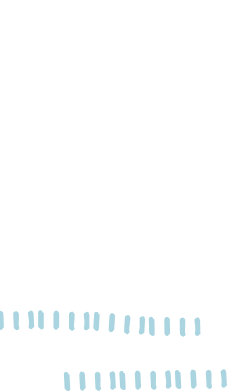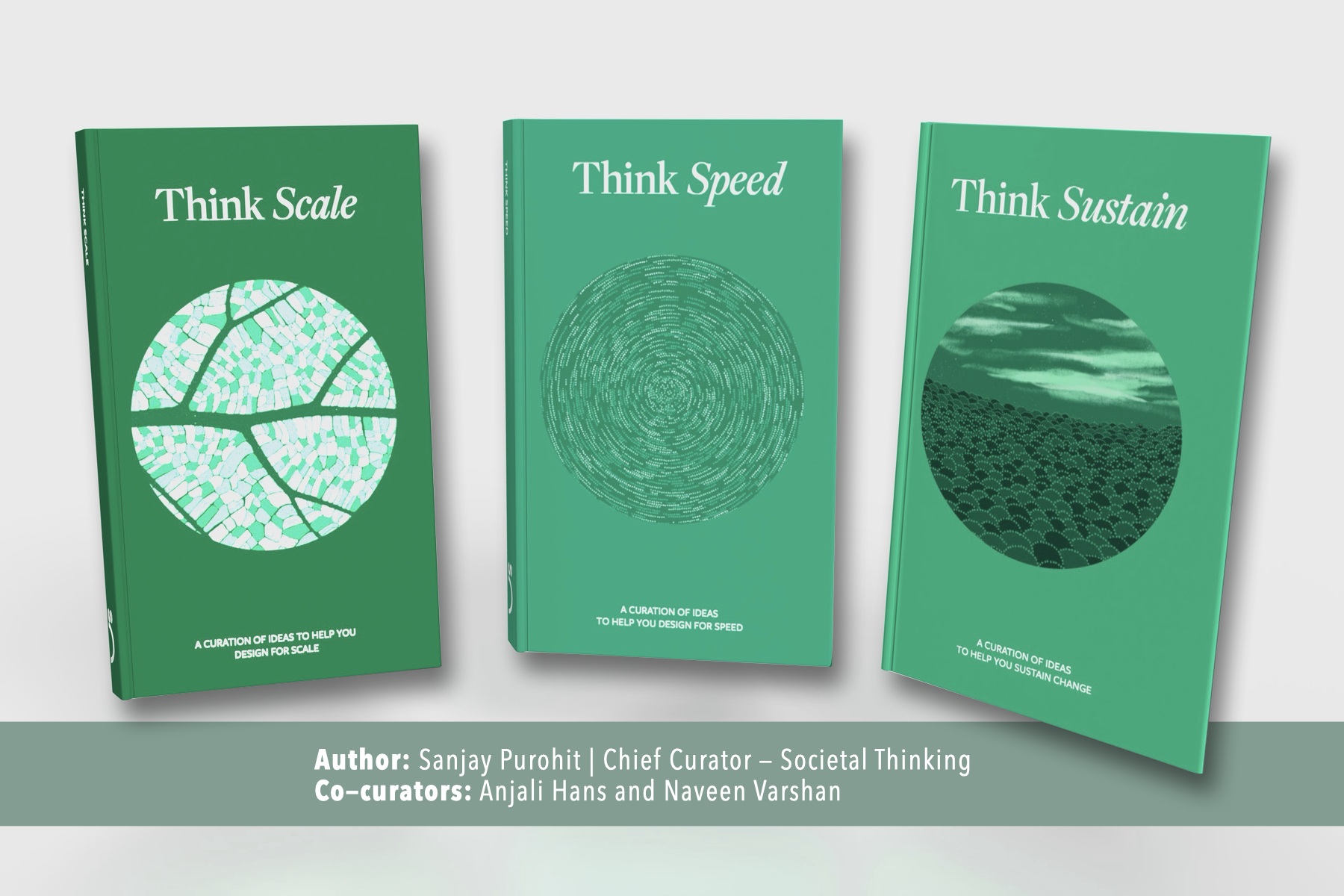Welfare programme discovery
India has started its second demographic transition, with more than 56% of the population reaching working age by 2051. Accelerating social mobility i.e., equity in opportunities for income, education, health and other well-being parameters, is critical to promote economic efficiency and growth to reap benefits from this transition. Welfare programmes play a key role in improving resilience and providing opportunities for income and occupational mobility for vulnerable communities. But, did you know how many welfare programmes are active in India alone?
The number of unique Direct Benefit Transfer (DBT) schemes2 alone is over 3,700; when you consider other non-DBT programmes, the overall universe of government programmes could reach 20,000+. Then there are private programmes funded by philanthropies and corporations which may individually be equally impactful or complement government programmes!
In such a scenario, discovering the right welfare support in time of need becomes extremely difficult for an average citizen, a hurdle at the first step itself in availing of any benefit!
Current models of discovery and their challenges
The government or implementing agency spends considerable resources to create awareness about schemes. On ground entities such as gram panchayats, post office, agent networks including ASHA health workers, Anganwadi workers, and other local last-mile touchpoints serve as a source of information for citizens. Channels such as social media, traditional media and radio are also used for disseminating information. However, all these efforts are often limited to flagship schemes only, and many other schemes remain largely unknown. Also, the information provided is often insufficient and often dated, making it irrelevant for citizens. Then there are other hurdles like complex inclusion / exclusion criteria, cumbersome application process and fulfillment challenges, which create even more friction.
At Haqdarshak, we have worked with more than 5 Mn citizens on discovery and access to welfare. Over the last year, we have been thinking about how discovery of schemes can work at population scale. For 500Mn+ Indians to get access to the right welfare at the right time, we need to reimagine each and every part of scheme delivery starting with discovery itself.
Reimagining scheme discovery
Citizens often look for support to meet some exigency in life or unlock future opportunities. However, they are focused on meeting the need quickly by any means possible and often don’t look for schemes as the first point of support due to general lack of awareness or inherent frictions and time taken to avail benefits. For e.g., citizens may look for support during a health emergency or when they are buying an asset, or looking to start / expand business but often resort to informal borrowings or else let go of the opportunity.
From a policy perspective, schemes are a means to ease access to existing economic resources for citizens by lowering costs to or reducing friction in access. For example, Right to Education mandates schools to reserve a certain number of seats for weaker sections of the community. The scheme is not creating new schools, but enabling low-income students to avail of education at private schools which they would not have been able to afford otherwise. Similarly, the fertiliser subsidy scheme is enabling poorer farmers to access fertilisers at reduced cost while other farmers can procure at market rates. The fertiliser market exists, the subsidy scheme has only reduced the cost of fertiliser for the farmer.
To design solutions that enable discovery and distribution of welfare products at scale and reduce friction, we looked at adjacent sectors. Specifically, the financial services sector where scale in consumption of financial products has increased through innovations such as Embedded Finance. E.g., BNPL at e-commerce checkout or early salary loans within payroll solutions.
Can we apply the same principles and bring a notion of “Embedded Welfare”? Can citizens discover schemes at the same interaction points where they are already present or when they are looking for an underlying resource? Think,
- Farmer goes to buy fertiliser and shopkeeper discovers subsidy on the fertiliser and automatically informs / applies for the farmer
- Woman visits Anganwadi worker for health services during pregnancy and Anganwadi worker is able to discover maternity benefit schemes as well as health insurance schemes
- MSME received large order on commerce platform e.g., ONDC is looking for working capital finance to fund raw material purchase, discovers MSME credit schemes on the platform itself
- Parents / students look for schools or courses on ONEST are able to search for schools allowing scholarships or are informed about scholarships available for the selected course
While this eases discovery for citizens, it may also drive simplification of the welfare delivery process as the benefit can be channeled in a more contextual manner. E.g., a fertiliser subsidy shows up as a discount coupon for citizens based on their profile with the retailer. MSME gets subsidised credit offers from financial institutions during order and procurement processing.
With this approach, as multiple digital touch points get leveraged to drive scheme discovery, robust data-driven signals about welfare demand and uptake also get generated based on discovery events.
However, to facilitate discovery in such diverse touchpoints, the scheme itself needs to be discoverable easily i.e., there need to be standard attributes that are universally understood, machine readable and available on platforms allowing for interoperability.
We are now working with FIDE Foundation under mentorship from Societal Thinking to co-create digital public infrastructure around welfare to enable discovery and distribution of welfare solutions at scale across different access points.
References
- Demographic Dividends for India: Evidence and Implications Based on National Transfer Accounts, ADB <http://hdl.handle.net/11540/1988>
- DBT Scheme Codes as of January 2024, NPCI <https://www.npci.org.in/PDF/nach/dbt/DBT-User-Codes-as-of-01012024.pdf>
Know more about how open networks are catalysing inclusivity at scale.
 Back
Back


